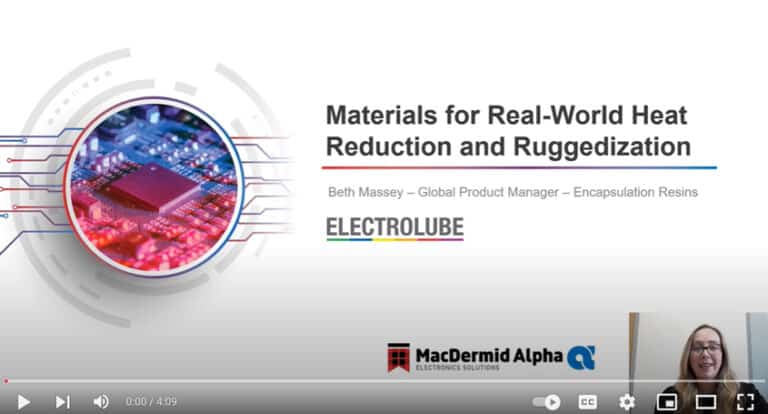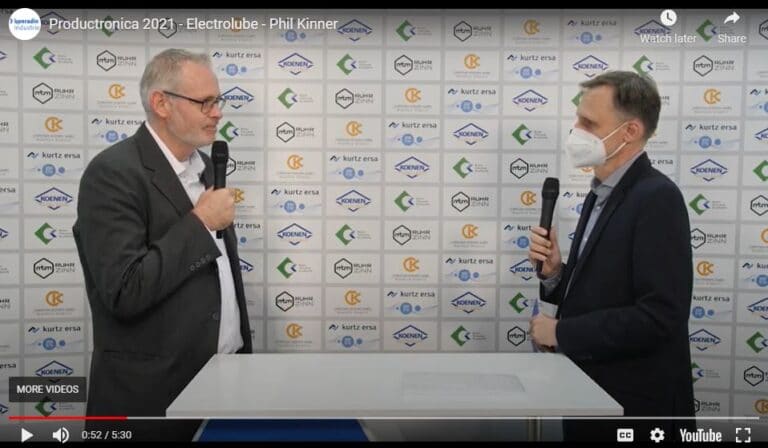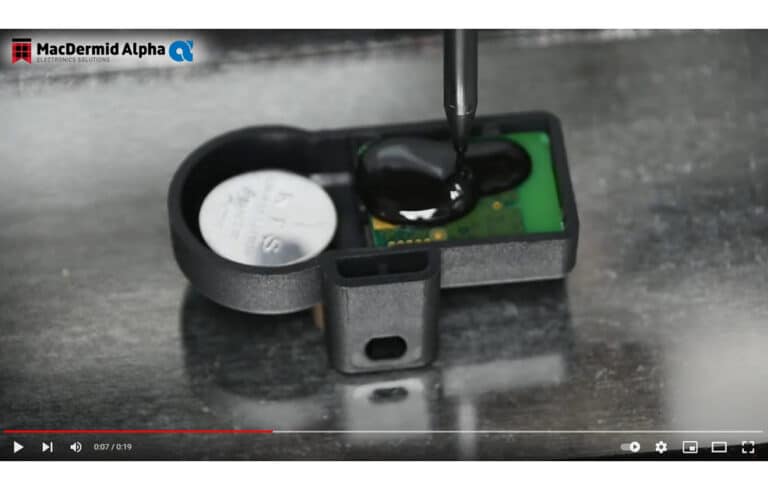 In my previous column I expressed some of the key issues that we consult on regarding the all-important subject of thermal management. These were based on the many questions fielded by our technical support team. I cannot emphasise enough how maintaining reliable temperature control of components will significantly extend the performance and lifetime of your devices. It is a critical process, which is best factored in during the design stage to avoid unnecessary costs and to also save time when scaling up to full scale production.
In my previous column I expressed some of the key issues that we consult on regarding the all-important subject of thermal management. These were based on the many questions fielded by our technical support team. I cannot emphasise enough how maintaining reliable temperature control of components will significantly extend the performance and lifetime of your devices. It is a critical process, which is best factored in during the design stage to avoid unnecessary costs and to also save time when scaling up to full scale production.
This month I will be delving deeper into thermal management chemistries and the processes you should follow in order to achieve a successful outcome. I’d also like to focus on some of the problems you are likely to face when applying a thermal management material, and overview some of the thermal bonding and resin materials that are available, their thermal conductivity and how to achieve the most efficient heat transfer. But let’s start with an issue that many of you will encounter at some stage in your product development work – pump out.
I want to avoid pump-out – how can I achieve this?
Pump out can occur when a device is subject to rapid temperature changes resulting in the expansion and contraction of the interface surfaces, thus producing a pumping effect. This motion can cause such pastes to be squeezed or pumped out from the interface gap, reducing the thermal transfer performance. In order to tackle issues with pump out, it is first important to understand the application conditions and material requirements involved.
Temperature extremes and rate of change of temperature are important factors that will determine the choice of thermal interface material; for example, if operating temperatures are likely to range between -50°C and 200°C, a silicone based thermal paste would be the go to option. It is important to consider the type of product used, for instance, a thermal paste compared to a thermal phase change material are entirely different entities. If we take one of our phase change materials, for example, the silicone-free TPM350, it is similar to a thermal paste in the sense that it is a non-curing, non-bonding product but it eliminates the mess and inconsistencies associated with pump-out. Phase change materials offer efficient thermal transfer, along with enhanced performance with thermal shock cycles and greater thermal protection where temperature spikes can occur, due to their ability to store and release thermal energy (latent heat) during the phase change process. Once heated above their softening temperature the phase change materials alter to a liquid/gel like state that perform equally as well as, sometimes even better than a thermal grease.
Thermal pastes are often designed to be applied in as thin a layer as possible. They improve the contact between the device and its heatsink by eliminating air gaps and ensuring that the full surface contact area is available for heat transfer. There is, however, a critical thickness which determines maximum thermal transfer with minimal thermal resistance, and while this will depend on the ‘roughness’ of the substrates and required spacing, it is generally between 30 and 100 microns. It’s always advisable to refer to the manufacturer’s instructions in order to apply the correct amount of thermal management product and test thoroughly under realistic accelerated conditions using the actual unit where possible.
Do I really need to use a thermal management product?
Keeping a long story short, the simple answer is yes! During use, some electronic components can generate significant amounts of heat. Failure to effectively dissipate this heat away from the component and the device can lead to reliability concerns and reduced operational lifetimes. It is in such cases that thermal management measures need to be taken for heat transfer efficiency, to prolong the working life and to ensure all components operate within their ideal temperature range for maximum performance.
Thermal management products come in many shapes and sizes…..
In my previous columns, I have explored a number of thermal management materials including gap pads, thermal pastes and phase change materials. So, in this column, I’m going to expand on the use of thermal bonding and encapsulation products. Thermal bonding materials can be used as interface materials either for thermal conductivity alone or to secure the heatsink or electronic component in place. In addition, such curing materials can be used for filling gaps and providing some structural support. By way of example, Electrolube’s Thermal Bonding System (TBS) is a two part epoxy bonding system, which utilises metal oxides to provide high thermal conductivity whilst being electrically insulating. The bonding system is useful in the manufacture of heatsink assemblies where piggy back arrangements are applied and where the manufacture design of heat sinks does not allow for welding or brazing techniques to be employed due to complexity or geometry of the fins. Coming back to our main topic, the fact that these types of products are ‘curing systems’ means that in general they do not experience the same issues of pump-out as a non-curing product. With bonding products, it is important to test the strength of the bond during the operational use of the device to ensure the bond strength and physical properties of the product, such as coefficient of thermal expansion, allow the product to perform consistently over the lifetime of the device.
Thermally conductive potting compounds are resins designed to encapsulate components or ‘pot’ the entire PCB unit, dissipating heat away from the electronic components and in the process, offering additional protection from environmental elements such as water or chemicals. For certain types of heat generating circuitry such as power supplies and LEDs, it may be beneficial to encapsulate the device in a heat-sink enclosure using a thermally conductive potting compound. The potting compounds provide excellent resistance to extreme temperatures, chemicals, shock and vibration. There are a number of thermally conductive encapsulation products available, largely based on epoxy, silicone and polyurethane technologies and with varying levels of viscosity. These thermal management solutions are particularly suitable for circuitry exposed to the harshest environments and provide high protection whilst enabling even heat distribution to increase the device lifetime.
It’s all about thermal conductivity, or is it?
This is commonly misunderstood but to be frank, it’s not all about thermal conductivity. The reason being because thermal conductivity values are measured from bulk material to give a comparison of one product to another. They are not a true reflection of the performance in final application. That is related to the thermal resistance under the exact conditions of use. Don’t be fooled by high thermal conductivity values, these can be misleading due to the many options of testing available. In addition, a high thermal conductivity product may also have a high thermal resistance if it cannot be applied correctly in a thin film at the interface. Any excess material or non-uniform application will result in a variation of heat distribution across the interface, thus leading to inefficient heat transfer.
How do I achieve the most efficient heat transfer?
As a rule of thumb, apply thin, uniform layers with the minimal amount of product required to remove all air gaps but leave no excess of material. Remember, the heat sink is far more conductive than the thermal interface material. The job of the interface material is to remove air so that the heat sink can efficiently transfer heat away from the component/device.
When it comes to the choice and applications of thermal management materials, there’s a great deal more to discuss, and over the following months I hope to provide more useful tips and design advice that will help you in your quest for reliable circuit protection.










